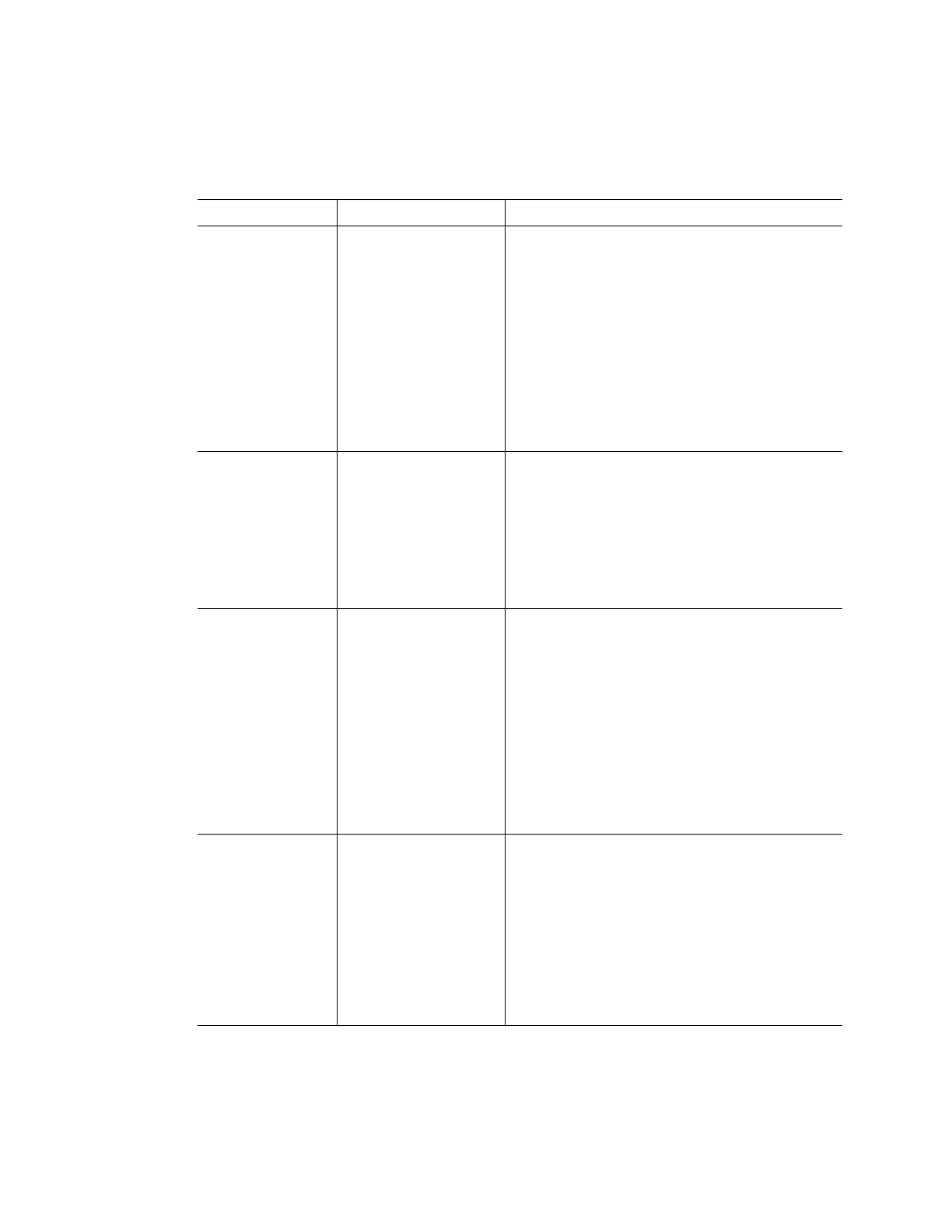363-206-285 Detailed Level Procedure: DLP-513
Issue 2, February 2000 Page 9 of 20
DDM-2000 OC-3 MULTIPLEXER
External - Mult External - Mult This topology is used when both NE’s have access
to and are receiving its timing from BITS clocks.
The recommendation is to have these BITS
synchronized to references which are traceable to
the same PRS. If these guidelines are followed the
subnetwork created by these two NE’s would be
operating synchronously. Note: DDM-2000
systems are designed to operate in pleisiochronous
timing topologies. The DS1 output generated by
each NE is regenerated from the input DS1 timing
reference and could be used to distribute this
reference to other shelves colocated in the same
bay to conserve ports on the BITS.
External - Mult External - Sync Out This topology is used to distribute network timing to
a target location from a location with access to a
synchronization reference. The NE provisioned for
External - Mult, is providing timing to the NE
provisioned for External - Sync Out, which in turn
generates a DS1 output reference regenerated
from the optical interface shared by both NE’s. This
DS1 output is used to provide a synchronization
reference to a BITS.
External - Sync Out External - Sync Out Caution! This topology can potentially create a
timing loop if synchronization messaging is not
enabled on both NE’s. In this topology both NE’s
will derive the DS1 output reference from each
other thus creating a timing loop. The NE with
access to a BITS, which has an input reference
traceable to a PRS, and is sourced from an element
other than this NE, should be reprovisioned for
External - Mult to prevent the timing loop. If
Synchronization Messaging is enabled on both
NE’s, the DS1 output reference in one of the NE’s
will carry DS1 AIS and the other NE will generate a
DS1 output carrying a framed DS1 all ones signal.
Line Timing Line Timing Caution! This topology creates a timing loop and it
is not. supported. The NE with access to an
external timing reference traceable to a PRS, if
available, should be provisioned for External - Mult.
If the reference available is an optical reference
provision to Line Timing with the proper source
using the set-sync command. If automatic
synchronization reconfiguration is supported and
enabled in a system, both NEs will attempt to switch
to another line timing source, if available, to prevent
a timing loop.
Table E – BBF2B/BBF2C TGS/BBF4 TG3 Synchronization Provisioning
Topologies (Contd)
NE 1 NE 2 Application Comments
